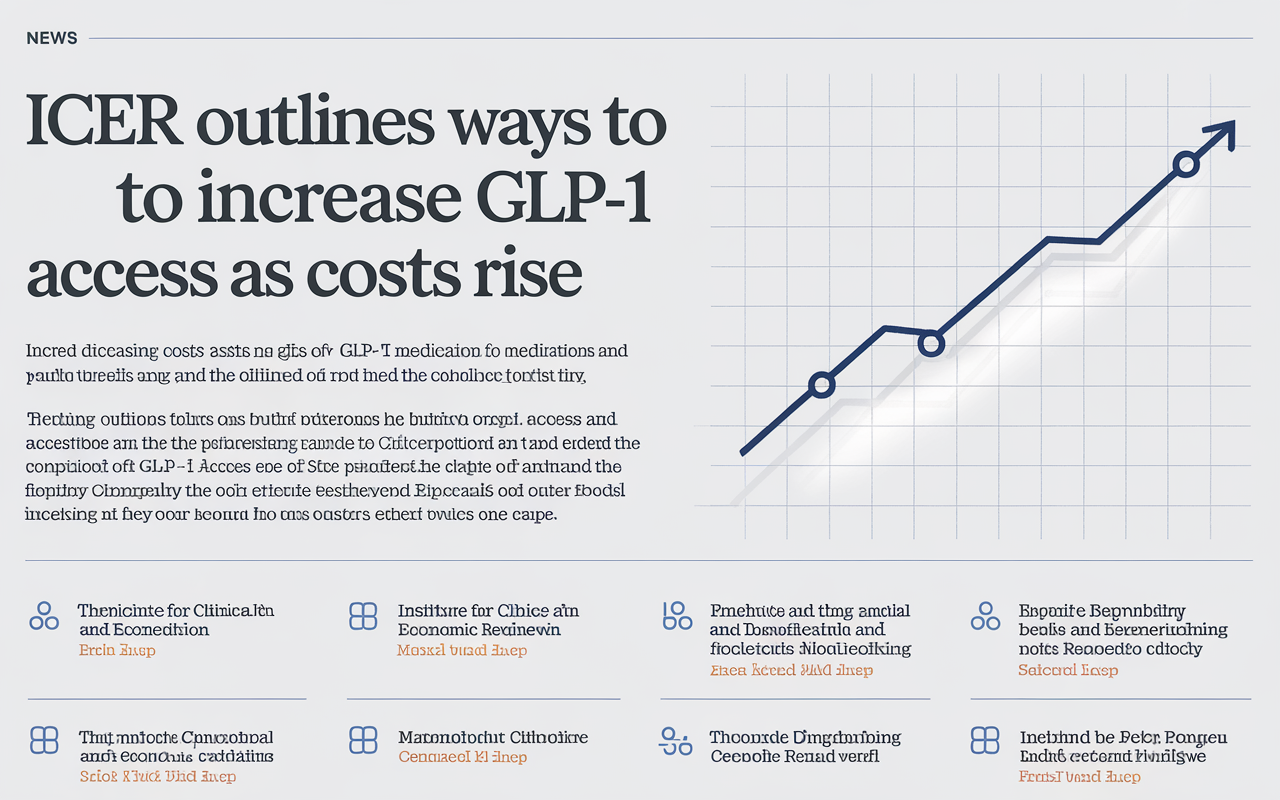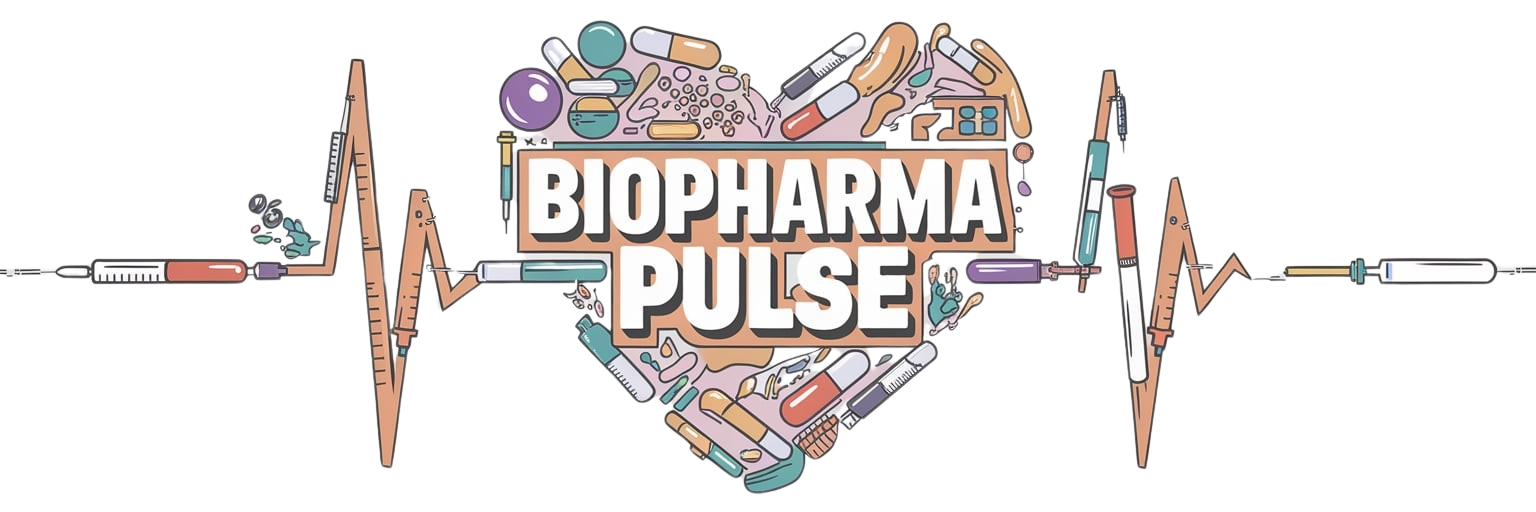Welcome BioPharmaPulse Enthusiasts
Greetings, and welcome to another edition of BioPharmaPulse! Today, we're diving into some transformative developments in the biopharmaceutical world that highlight both innovation and the future of healthcare.
What's in this issue:
- 🌎 Novo Nordisk's $1B investment to expand GLP-1 production in Brazil
- 🚀 AstraZeneca's ambitious plan to redefine oncology care
- 💡 ICER's proposals to increase access to GLP-1 therapies
- 🤖 How AI is optimizing pharma supply chains
Quote of the Day
"Innovation is the ability to see change as an opportunity—not a threat." – Steve Jobs
Latest Developments
🌎 Novo Nordisk invests over $1B in Brazil to boost GLP-1 manufacturing (2 minute read)

Rundown: Novo Nordisk is investing 6.4 billion Brazilian reais ($1.05 billion) to expand its manufacturing capabilities in Brazil. This significant investment aims to increase the production of their blockbuster GLP-1 drugs, which are integral in the treatment of diabetes and obesity.
Key Points:
- 💰 $1.05 billion investment in Brazilian manufacturing facilities
- 💉 Expansion focuses on GLP-1 drugs, enhancing global supply
- 🌐 Strengthens Novo Nordisk's presence in emerging markets
- 📈 Addresses growing global demand for diabetes and obesity treatments
Why it matters: This move not only accelerates the availability of essential GLP-1 therapies worldwide but also signifies confidence in emerging markets like Brazil. It highlights the industry's commitment to meeting rising healthcare needs through strategic global expansion.
🚀 AstraZeneca aims to 'redefine oncology care' with focus on ADCs and radiopharma (2 minute read)

Rundown: AstraZeneca is bolstering its oncology pipeline by investing in antibody-drug conjugates (ADCs) and radiopharmaceuticals. These cutting-edge therapies aim to deliver targeted treatment to cancer cells while minimizing damage to healthy tissues.
Key Points:
- 🧬 Expansion into ADCs and radiopharmaceuticals
- 🤝 Acquisitions and partnerships to enhance oncology pipeline
- 🎯 Focus on targeted cancer therapies for improved efficacy
- 🌍 Commitment to global cancer care innovation
Why it matters: By embracing advanced therapies like ADCs and radiopharmaceuticals, AstraZeneca is pushing the boundaries of cancer treatment. This approach could lead to more effective and personalized oncology care, improving outcomes for patients worldwide.
💡 ICER outlines strategies to increase GLP-1 access amid rising costs (2 minute read)

Rundown: The Institute for Clinical and Economic Review (ICER) released a new report highlighting federal policy solutions to make GLP-1 drugs more accessible. As these blockbuster obesity and diabetes treatments see rising demand and costs, ICER suggests ways to balance affordability and innovation.
Key Points:
- 📃 ICER's report proposes policy changes for better access
- 💊 Focus on affordability of GLP-1 therapies
- 🏛️ Recommendations include federal initiatives and pricing strategies
- ⚖️ Aims to balance patient access with sustainable healthcare spending
Why it matters: With the growing prevalence of obesity and diabetes, accessible treatment options are essential. ICER's recommendations could influence policy decisions that make life-changing therapies more affordable for those in need.
Question of the Day
🤔 How do you think global investment impacts access to innovative therapies?
- 🌐 It significantly improves access
- 🏭 It depends on the region's infrastructure
- 💰 It might increase costs instead
Trending
🤖 SkyCell and Microsoft partner to enhance pharma supply chains
- AI-powered solution SkyMind aims to improve efficiency, compliance, and decision-making in pharmaceutical supply chains.
🧠 What's new in STAT's Generative AI Tracker?
- Explore how over 40 health systems are beginning to use AI agents to revolutionize healthcare delivery.
Industry Insight
📊 Understanding the Rise of GLP-1 Therapies
The surge in GLP-1 therapies marks a significant shift in treating metabolic disorders like diabetes and obesity. These therapies mimic the glucagon-like peptide-1 hormone, enhancing insulin secretion and suppressing appetite.
By learning about GLP-1 mechanisms, healthcare professionals can better address the root causes of metabolic diseases. This knowledge fosters the development of personalized treatment plans, leading to improved patient outcomes and quality of life.
Quick Hits
🧬 Idorsia's blood pressure pill no longer requires REMS (2 minute read)
- Patients can now access Idorsia's hypertension medication without participating in a drug safety program, potentially simplifying treatment protocols.
🧪 Vincerx's merger attempt collapses, leading to wind-down (2 minute read)
- After unsuccessful merger attempts, biotech company Vincerx Pharma begins the process of winding down operations.
💼 Reckitt and Organon announce layoffs amid restructuring (2 minute read)
- Companies undertake significant staff reductions in New Jersey as part of their restructuring strategies.
⚖️ Bristol Myers Squibb prevails in Pomalyst antitrust lawsuit (2 minute read)
- A federal court dismisses a lawsuit alleging anticompetitive tactics by BMS to maintain exclusivity for its multiple myeloma drug.
🔬 Ferring's gene therapy sales grow (2 minute read)
- Bladder cancer treatment Adstiladrin earns $77 million in its first full year on the U.S. market.
Wrap Up
Thank you for joining us on this journey through the latest in biopharmaceutical innovation. It's exciting to witness how companies are pushing the boundaries to bring better therapies to patients worldwide. Stay curious, stay informed, and let's continue to be a part of this transformative era in healthcare.
Warm regards,
Elliot Reeves | BioPharmaPulse
📣 How did you like today's email?
- 😍 Loved it
- 🙂 It was OK
- 😕 Could be better
